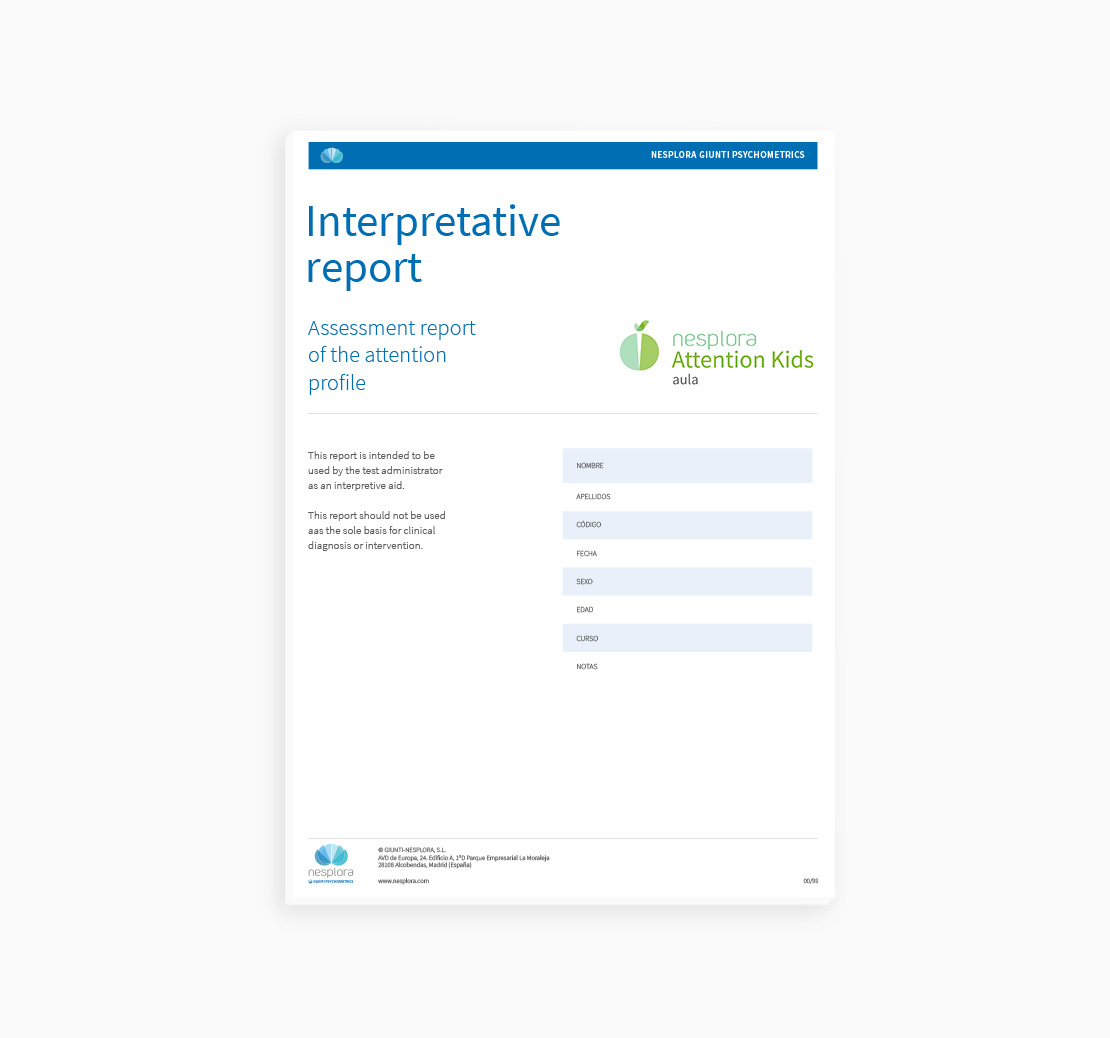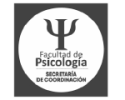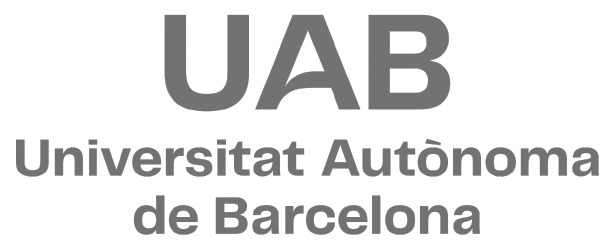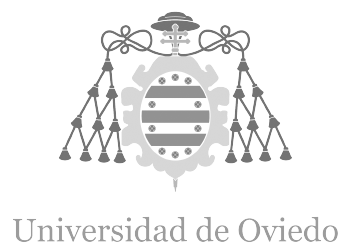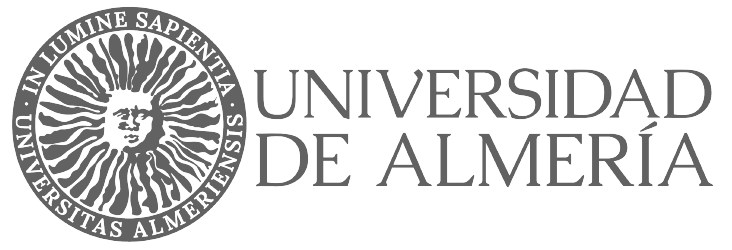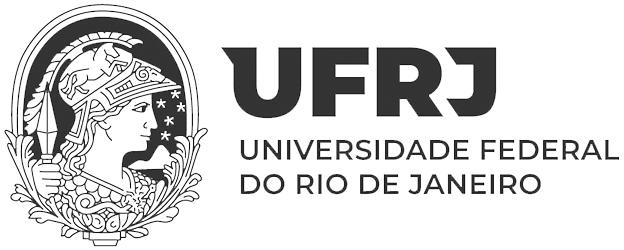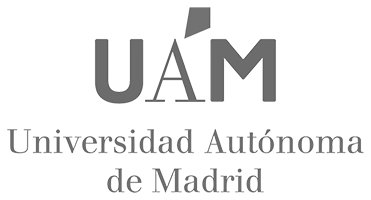Technical Sheet
ORIENTED TO
Neuropsychological Assessment through virtual reality
Level C
DURATION
18-22 min
REPORT
Immediate
Online correction
NORMATIVE
1326 people
AGE RANGE
6 to 16 years old
LANGUAGES
Spanish, English, Portuguese-BR, Italian, French, German, Romanian, Turkish, Bulgarian, Russian, Polish, Basque and Catalan. US-UK accents and Latin accents.
LICENSE
Included
Attention Kids Aula has been tested with more than 1326 children and is present in more than 24 countries.
Concentration problems, lack of self-control and excessive physical activity are some of the increasingly frequent reasons for consultation in children. To accurately assess whether there are alterations in these behaviors is the key to making a good diagnosis.
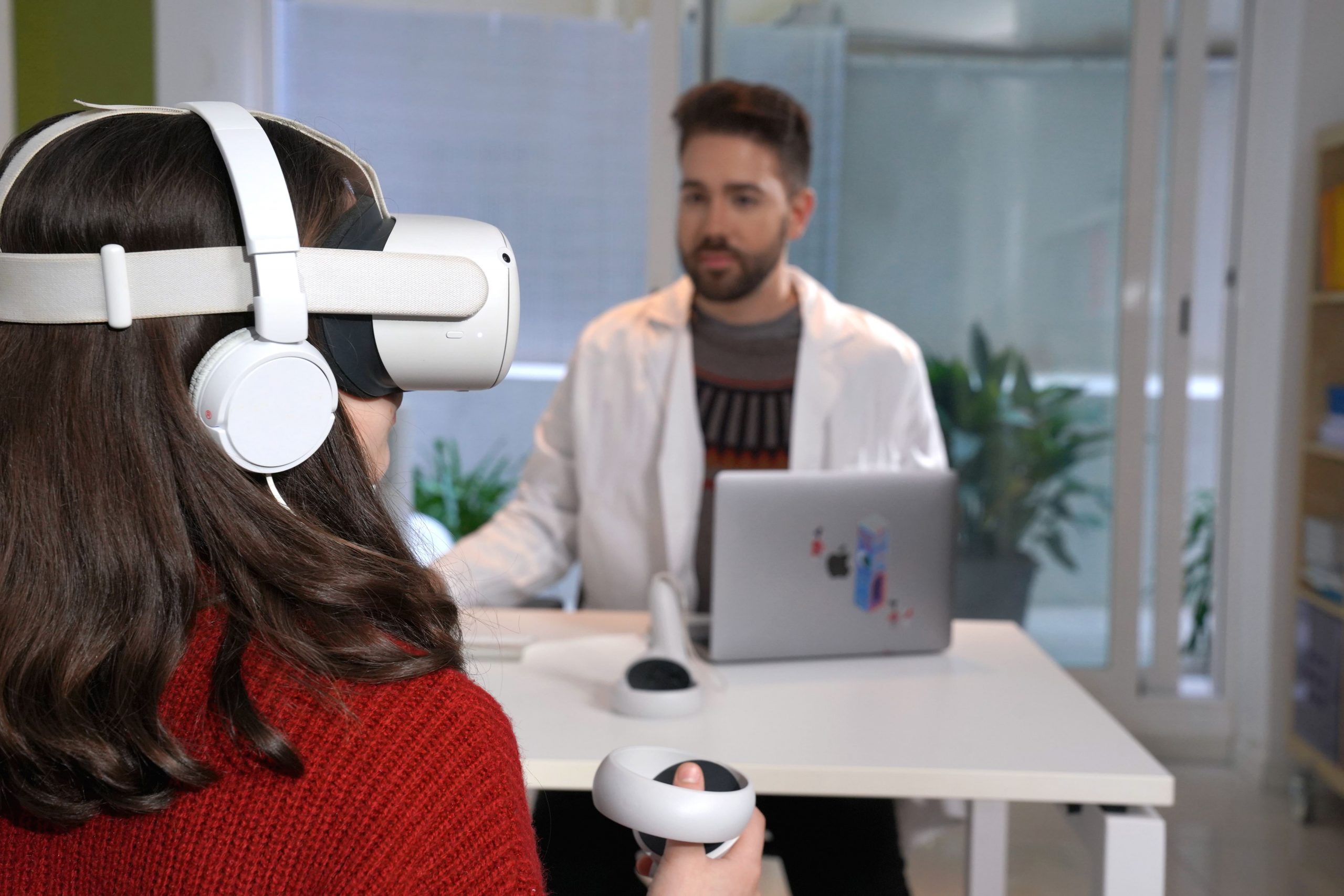
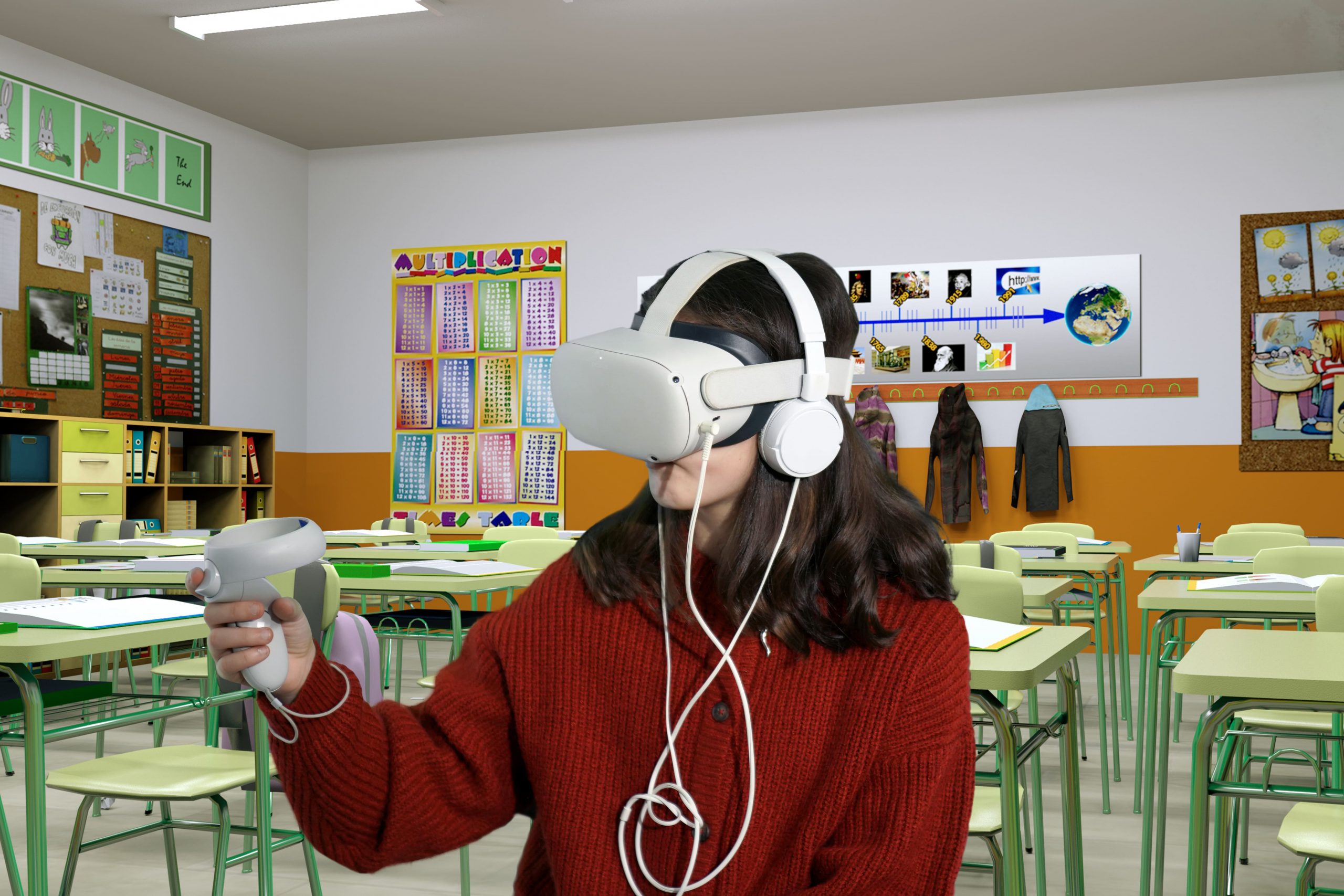
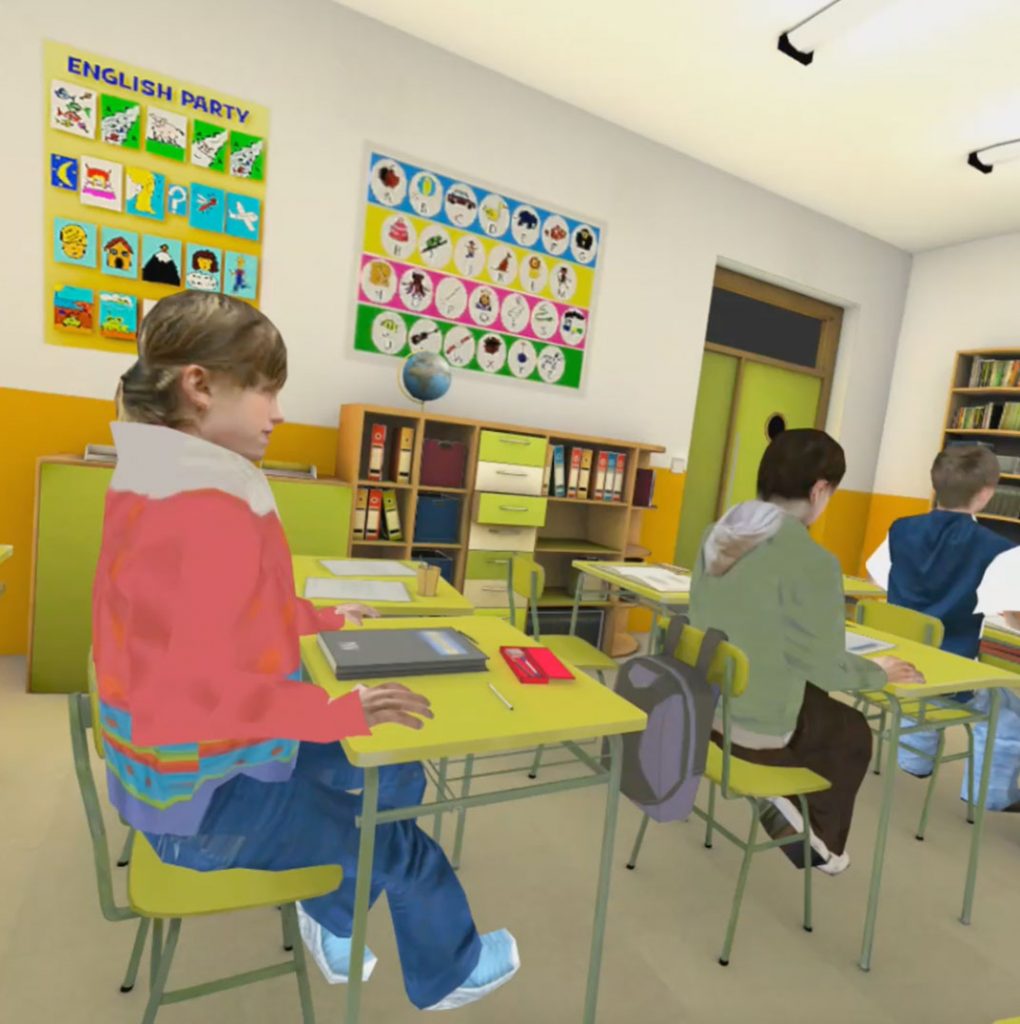
Variables evaluated:
SELECTIVE AND SUSTAINED ATTENTION
AUDITORY AND VISUAL ATTENTION
MOTOR ACTIVITY
IMPULSIVITY
QUALITY OF ATTENTIONAL FOCUS
REACTION TIME
Scientific characteristics:
Description of the test
The test to be performed is a continuous performance test – CPT- which is played through a virtual reality headset and
headphones through which instructions are received. As indicated, the person being tested must respond to different stimuli by pressing a button. The stimuli presented may be visual or auditory, but never both at the same time. It can be observed in the data obtained if the attention channels differ in their quality, which would provide a qualitative index of attention.
The evaluator visualizes in real time on the computer screen what the patient is seeing through the headset.
Description of the virtual environment
The scenario is similar to a school or high school classroom and the perspective places the test taker at one of the desks, facing the blackboard. The head movements are captured by the headset and the software updates the scene accordingly, giving the real feeling of being in the classroom (by moving the head you can see the different parts of the classroom as in a real classroom). A teacher explains the task instructions and the classmates “behave” in a realistic and dynamic way. The student has to perform the task that is presented on the
blackboard or that is explained by the teacher. To do so, he/she has to press a button every time a previously presented stimulus appears – target stimulus – or whenever the stimulus is not the one previously presented. In addition, with the aim of being as ecological as possible, a series of distractors have been introduced that are the usual ones in a school classroom: a car passes by on the street, a classmate calls on the subject, somebody knocks on the classroom door, etc.
Normative studies
The sample of these studies is composed of 1,302 subjects in Spain aged between 5 and 22 years, with a mean of 10.47 and a standard deviation of 2.92. The results obtained showed statistically significant differences between males and females in all the age groups and in practically all the variables assessed, and statistically significant differences between the ages of 6, 7, 8, 9, 10, 11 and those over 12 years old. No differences were found between the groups aged 12 and older. These outcomes resulted in 14 different groups of scales, by sex and age. According to the groups (doctors and psychologists), potential users of the tests, the results were ranked in percentile scales and T-scales. In order to facilitate the interpretation and comparison of the results, it was decided that the T-scales would be standardized.
Convergent studies
The last of the convergent validity studies carried out with Nesplora Aula was with the EDAH55 test and with the diagnostic criteria of the DSM-IV27. For this study, samples of 188 and 360 children were used, respectively. Cosine
similarity analyses were the ones selected for these studies. The results show low to moderate correlations between Nesplora Aula and ADHD, being the highest correlations in the variable inattention (between ,406 and ,544); between Nesplora Aula and DSM-IV, the highest correlation values were also for inattention (between, 379 and 473).
As for convergent validity, the different nature of Nesplora Aula as an objective measure of cognition and ADHD and DSM-IV as an observational scale suggests that they measure different aspects or dimensions of the patient’s behavior, and can complement each other to increase the accuracy of the diagnosis of ADHD.
Factorial validity studies
In order to analyze the factorial validity of the instrument, an Exploratory Factor Analysis (a collection of data for the study and determination of the number of factors involved) was carried out first. It is important to note that, in the case of exploratory factor analysis (EFA), it is not known or there is no certain information about the number of existing factors). Since this is a new test and its format is quite different from traditional tests, it was decided to explore different multidimensional models in order to compare the indices obtained in each of them and to establish which one presented a better fit to the data obtained in the normative group. The results obtained support the unidimensional structure initially proposed, which would form a single factor. This factor includes the cognitive variables that correlate with an initial diagnosis of ADHD in any of its variants, i.e., with any group of the 18 variables included in the test we can observe a cognitive impairment that corresponds to one or another subtype of ADHD.
Application in pathologies:
Anxiety
Emotional disturbances are very common and can interfere negatively with social life, the development of social skills and even academic performance. High levels of anxiety tend to negatively affect different cognitive functions, including attention. The Nesplora Aula test allows us to analyse the child’s attention profile, to adapt the treatment and to follow up and monitor it. During the treatment we can observe the changes in the cognitive profile of the person evaluated, being the decrease in the attentional signs an indicator of the improvement of anxiety.
Behavioral problems and social skills
Impulsivity is often an important pillar of behavioral and social problems. But, the deficit in impulse management is not only reflected in behavioral problems or social skills. Often these difficulties can also affect the learning process. An objective evaluation of the attentional processes and inhibitory control is especially important in these cases. Nesplora Aula allows us to learn the attentional profile, impulse management and motor activity of each person, so that we are able to intervene more effectively adapting to that specific profile and thus improve behavioral problems and social skills, whether they are due to impulsivity or an attentional deficit.
Reading and writing problems
It is common to confuse attentional problems with reading and writing problems. The profile of reading difficulties of children with a diagnosis of ADHD can be confused with that of dyslexia diagnoses, especially in early stages, since there is a great coincidence with the most common types of errors in visual dyslexia. In this case, Nesplora Aula can help us to detect whether it is a reading-writing problem or an attentional problem and provide reliable and objective data for the differential diagnosis.
Learning Difficulties
Learning problems and difficulties in the school environment, are usually one of the most frequent consultations. The automatically generated report shows the complete attentional profile of the child. In the report we can analyze what type of task the person being evaluated performs best, in what environment he or she performs best, what stimuli he or she processes best, in case of showing excessive motor activity, we can know if it is a sterile movement or if it is caused by distractors in the environment. All this information can help us to adapt to the needs of children, use specific strategies, plan interventions and thus, get them to better their performance in their daily lives.
It allows us to make a more reliable diagnosis, since the attentional difficulties that lead to pinpointing ADHD are often a “misdiagnosis” because it is based on subjective perceptions of the child’s environment. With this test we have objective data to complement other information and confirm or rule out attentional difficulties, and it also facilitates the differentiation between subtypes of ADHD.
Complete neuropsychological evaluation
As part of a complete neuropsychological evaluation, we can administer Nesplora Aula as a reliable and objective measure of the patient’s attentional processes. We obtain information on sustained and selective attention, impulsivity, auditory and visual processing, motor activity, performance in the presence and absence of distractors, processing speed and quality of attentional focus. It allows us to analyze the complete profile of the child, to know in which conditions he or she performs better, to plan a treatment, and to follow up and monitor it.
Brain damage
The alterations manifested after a brain injury may have physical, sensory, cognitive, emotional, communication and language, and/or functional autonomy implications. Among the main alterations after an ABI there may be attentional alterations, among which the following stand out: Inability to detect, focus, maintain vigilance level, reduced resistance to interference, distractibility, reduced capacity and speed of information processing, problems attending to stimuli simultaneously or successively, neglect, alterations related to diffuse or focal lesions (frontal lobes). FEDACE, 2006
In this case it is of vital importance to carry out an exhaustive evaluation and in this context Nesplora Aula provides us with useful information about the profile of the person being evaluated. It allows us to analyse their attentional capacity, processing speed, distractibility due to execution in the presence and absence of distractors, the processing of auditory and visual stimuli presented in a combined manner and impulsivity. In addition, it allows us to monitor the rehabilitation that is carried out and facilitates the comparison between the results obtained in the first taking of the test with those obtained in the following takings, so that the evolution of the child can be observed.
Get to know the report in detail:
View and download an example of the report you get automatically after an evaluation using Nesplora Aula.
